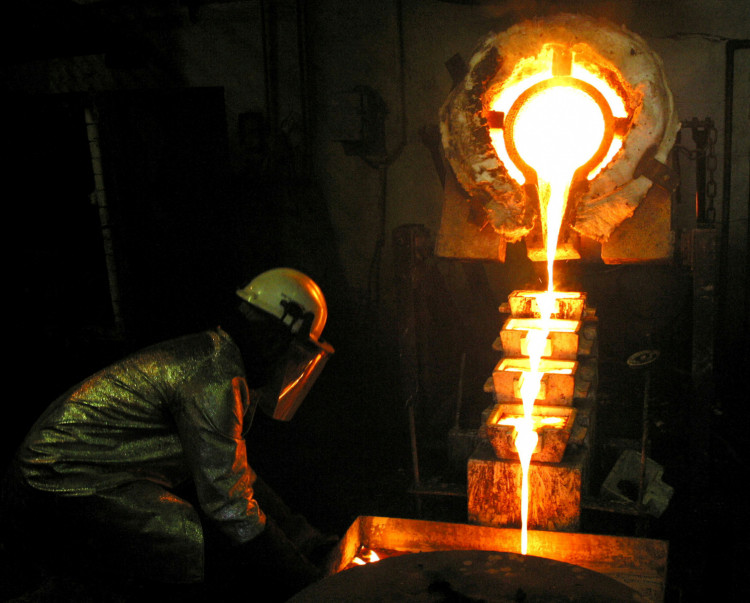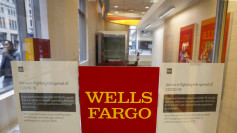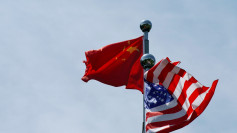Prices of gold gained on Thursday as dollar weakens and investors sought safe-haven assets following the announcement of United States President Donald Trump that he will increase the tariffs on $200 billion of Chinese goods from 10 percent to 25 percent. The announcement placed global stocks lower and it threatened the trade deal between China and the United States.
The growing risks brought by the announcement on the economy had weighed on the process of palladium as it tumbles to its lowest in four months. On Wednesday, Spot gold gained 0.3 percent at $1,284.11 per ounce. Gold climbed to its highest since April at $1,291.39 on Wednesday. United States gold futures closed higher by $3.80 at $1,285.20.
David Meger, director of metals trading at High Ridge Futures, gold remains fairly stable on safe-haven appeal due to weakness across the board in global equities on the back of concerns regarding trade. he also said that the trade talks scheduled in the next several days will keep the uncertainty high.
The United States Trade Representative's office confirmed the increase of tariffs on Chinese goods on Friday. It was announced two days before the scheduled meetings with Chinese Vice Premier Liu He and Trump's top trade officials in Washington. Trump also said on his tweet that he will impose new tariffs on almost all Chinese goods if they fail to close a deal this Friday. Despite the threat, the Chinese Premier continued its visit to the United States to attend the negotiations.
On Thursday, the Japanese yen surged to its three-month high against the dollar while the world stocks are down for four consecutive days ending on Thursday. Investments in gold, along with the Japanese yen and the United States Treasuries, are a safe haven during a political and financial crisis.
Meger said that there was a strong level of technical resistance at $1,290 - $1,292, it is a level we have fallen back from and we are consolidating below.
Bart Melek, head of commodity strategies at TD Securities in Toronto, said that Gold's precious metal peers were less resilient, taking their cues from the industrial side on concerns about demand amid the trade spat. Melek added that weakening auto sales in China and abroad were keeping autocatalyst palladium under pressure. Palladium is down to its lowest level since Jan.4 after falling more than 3 percent to $1,263.85 per ounce.
Silver closed lower by 0.5 percent at $14.76 per ounce. Palladium is also down 0.7 percent to $850.43 per ounce.






